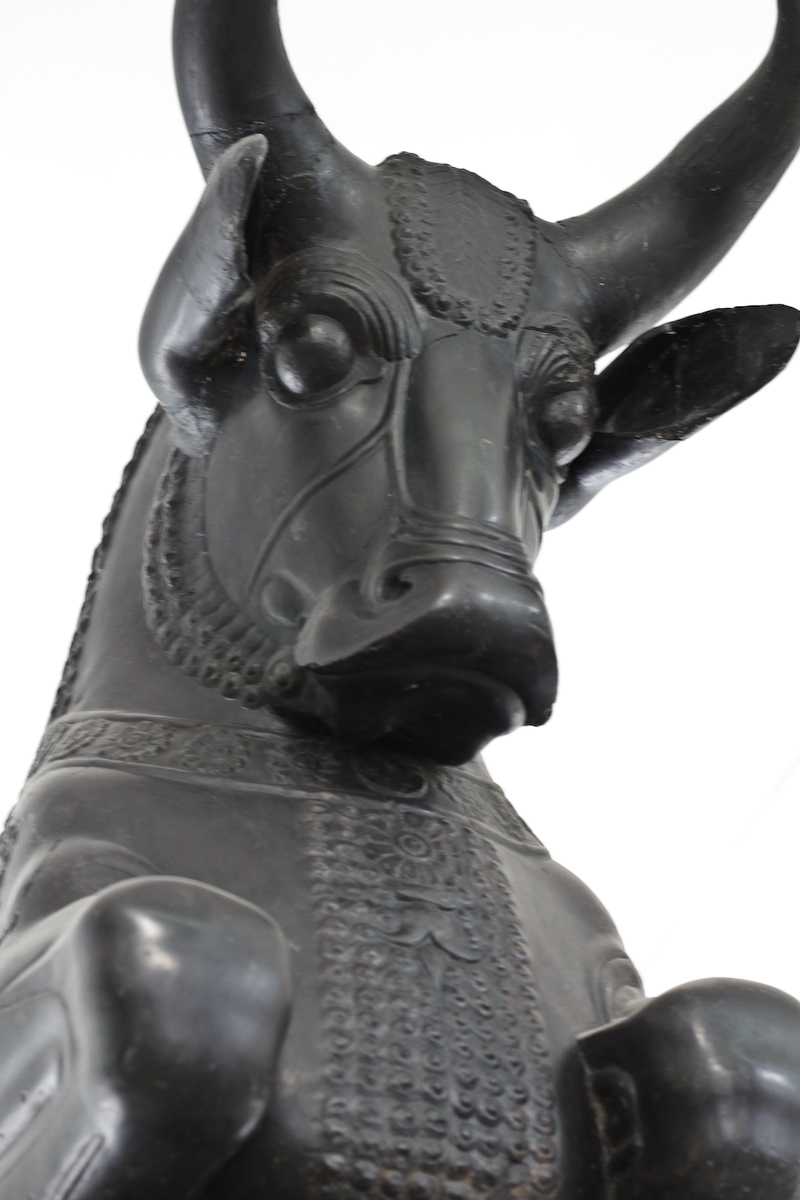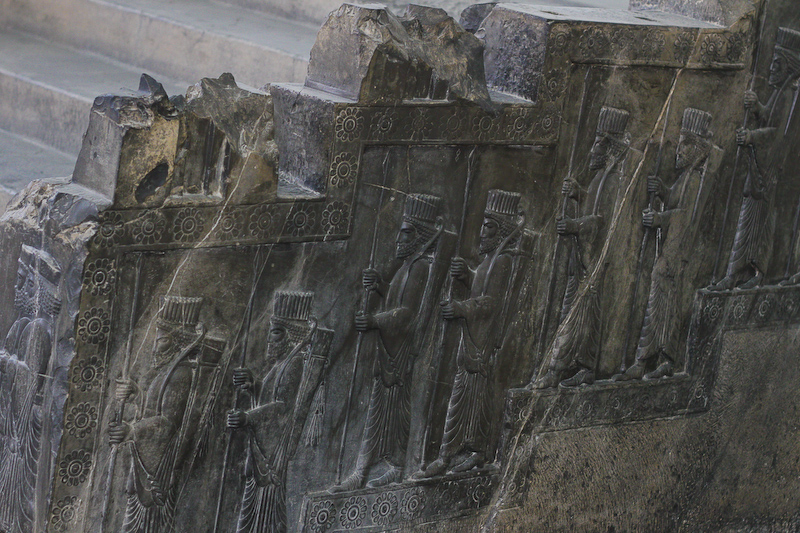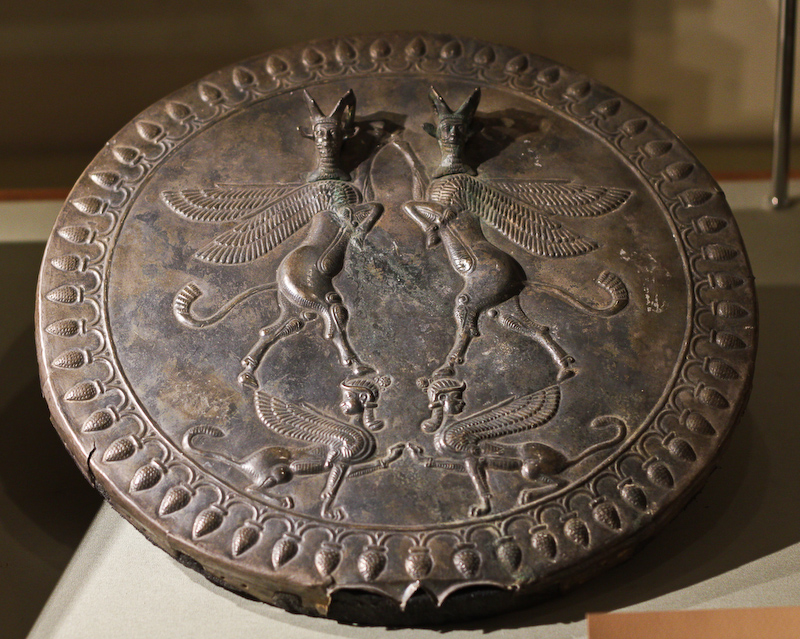It had been a while since we’d visited a museum. I was beginning to itch because of it.  So to enterain ourselves during our first full day in Tehran we decided to checkout the National Museum of Iran.
It’s the perfect size for a visitor to look at the entire collection in 2-hours, meaning you’re satisfied and content when you leave rather than overwhelmed and tired.
You’ll never believe how much it cost to visit the museum! It was .50 cents per adult! So Chris and I spent $1.00. Unbelievable.
The museum very professionally displays its collection of bone tools, Palaeolithic lithics (stone tools), metal and clay carvings from animals to humans and grand artifacts from the famous site of Persepolis, which we’ll be visiting at the end of our trip. I’m simply in love with the Persepolis carvings. I love the way they carved the beards, hair and turbans. I couldn’t tell you why. I just really like it.










Leave a Reply